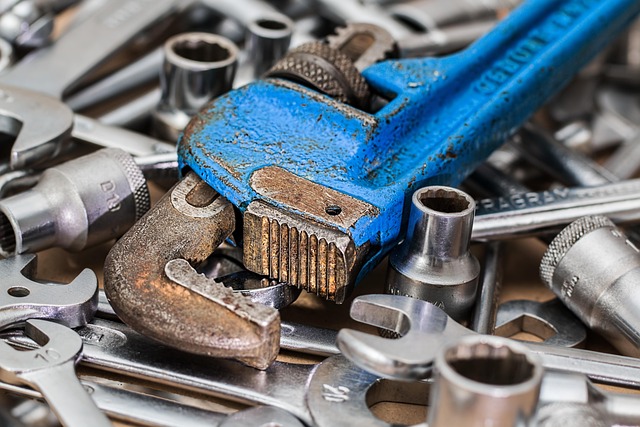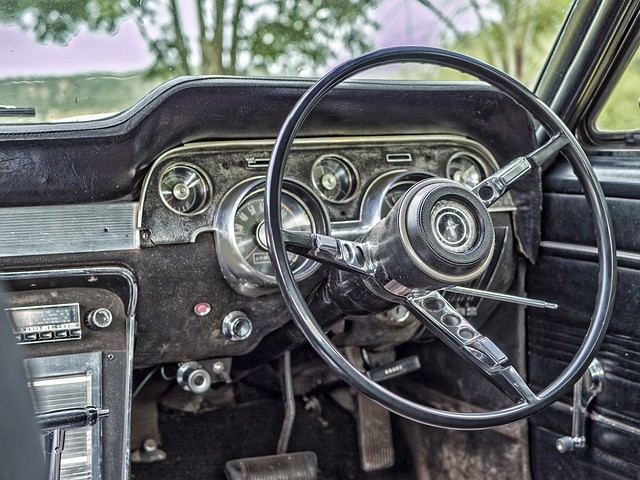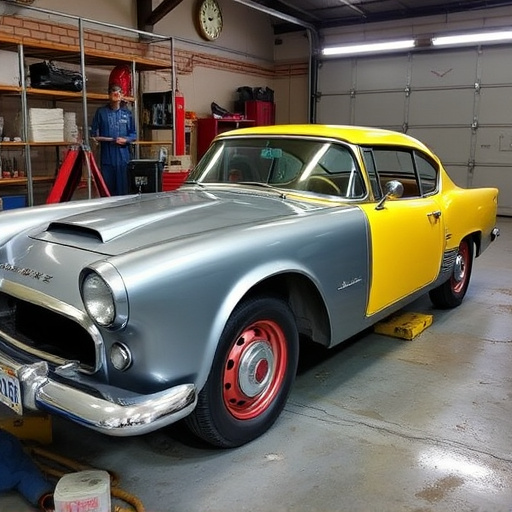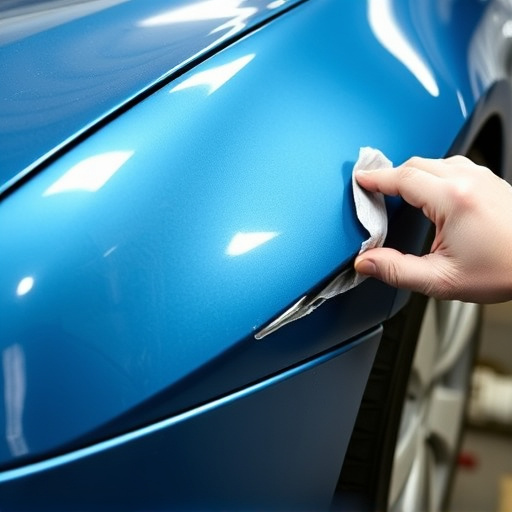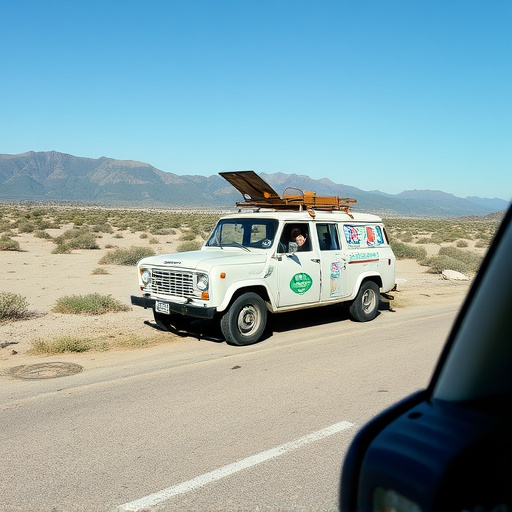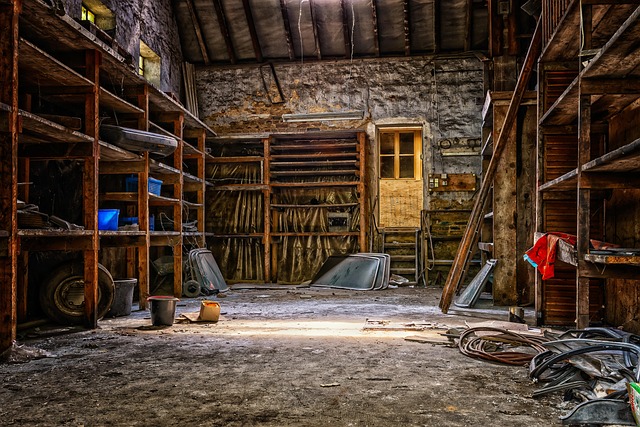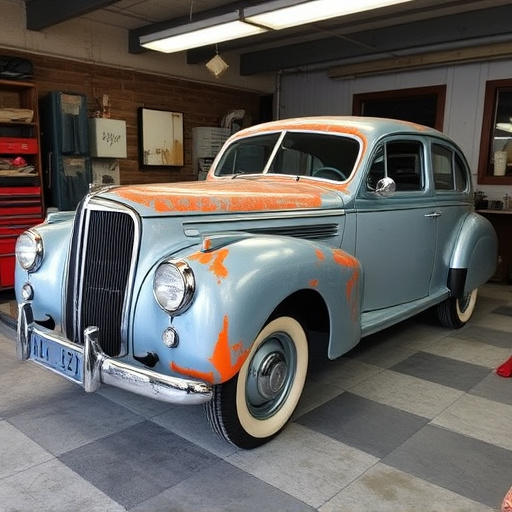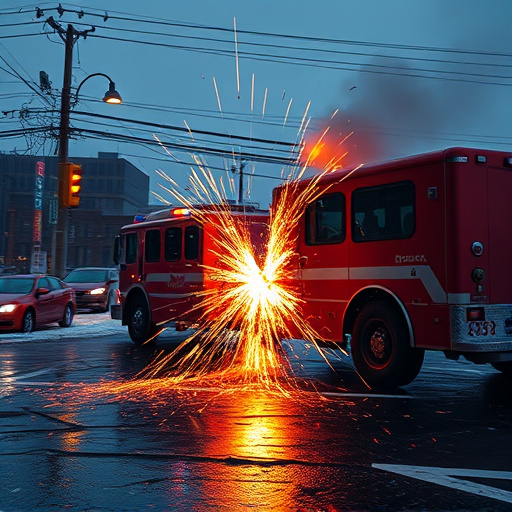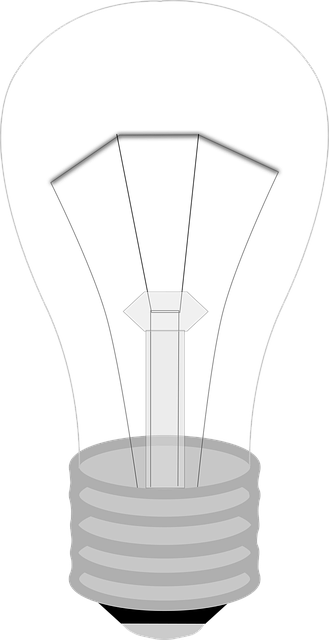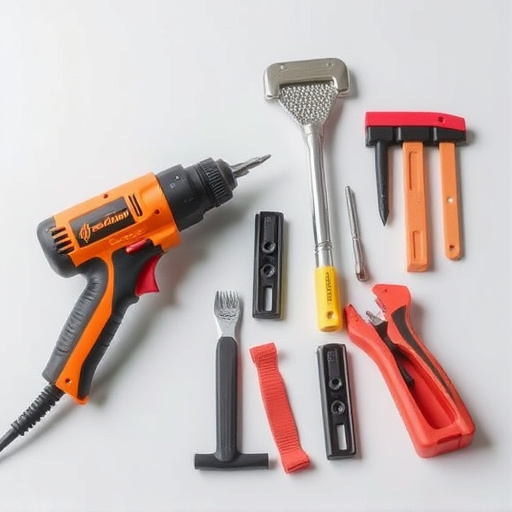Tesla offers loaner cars for safety and functional repairs, but cosmetic changes like extensive paint work or body panel replacements are usually not covered. Customers should discuss expectations with their body shop to avoid misunderstandings about available loaners. Before using a Tesla loaner during repair, understand warranty coverage and service center policies to avoid unexpected costs.
When your Tesla needs repairs, you expect a hassle-free experience. However, understanding Tesla’s loaner policy for cosmetic issues can be tricky. This guide breaks down what’s covered and what’s not, empowering owners to know their rights when using a loaner vehicle during repair. Learn how to navigate Tesla’s policies effectively and ensure you’re not left with unexpected surprises.
- Understanding Tesla's Loaner Policy for Repair
- Cosmetic Issues: What's Covered and What's Not
- Your Rights When Using a Loaner Vehicle During Repair
Understanding Tesla's Loaner Policy for Repair

When a vehicle requires repairs, whether it’s for mechanical issues or car body shop work, Tesla offers its customers a loaner car as a convenience. However, it’s essential to understand that not all cosmetic concerns are covered under this policy. Tesla’s loaner program is primarily designed to provide mobility during the repair process for safety and functionality-related repairs, such as structural damage or mechanical failures.
While some minor cosmetic fixes might be addressed, extensive paint work, body panel replacements, or custom modifications typically fall outside the scope of a standard Tesla loaner car. This means that if your vehicle is in need of automotive restoration for non-essential cosmetic improvements, you may not receive a loaner during the repair process. It’s advisable to communicate openly with your trusted car body shop about these expectations to avoid misunderstandings and ensure a smooth repair journey.
Cosmetic Issues: What's Covered and What's Not

When it comes to cosmetic issues during a Tesla loaner during repair, understanding what’s covered and what’s not is crucial. While many car repair services, including Mercedes Benz collision repair facilities, offer comprehensive solutions for damages like scratches, dents, and minor paint imperfections, there are limitations. Typically, these policies do not extend to extensive body work or cosmetic enhancements that significantly alter the vehicle’s original aesthetic.
For instance, while a paintless dent repair service might be covered under certain circumstances, major paint jobs, custom finishes, or repairs aimed at transforming the car’s appearance beyond its original specifications are usually considered outside the scope of standard Tesla loaner during repair guarantees. It’s essential to clarify these details with your collision repair center to avoid unexpected costs and ensure you receive services aligned with your expectations.
Your Rights When Using a Loaner Vehicle During Repair

When your Tesla requires repair, especially for non-cosmetic issues like mechanical or structural problems, you have rights when it comes to the loaner vehicle provided by the service center. Many owners are unaware that not all Tesla loaner vehicles are guaranteed to be in perfect condition. While the primary focus during collision damage repair or auto glass replacement should be on restoring your car to its pre-accident state, having a reliable and safe loaner can significantly impact your overall experience.
Understanding what is covered under warranty or by the service center’s policies is essential. Some minor cosmetic issues might not be addressed in the loaner vehicle, so it’s crucial to clarify these details before dropping off your Tesla. Ensure you receive a clear outline of the services included in the loaner program to avoid unexpected surprises during the repair process.
When it comes to Tesla loaner vehicles during repair, understanding what’s guaranteed and what’s not is key. While Tesla’s policy offers some coverage for cosmetic issues, it’s important to recognize that these typically involve minor, superficial flaws. For more significant or functional concerns, owners should focus on communicating clearly with their service centers to ensure they’re aware of all potential drawbacks. Knowing your rights as a Tesla owner can help navigate the process smoothly, ensuring you receive a suitable replacement during repairs without compromising on quality.

